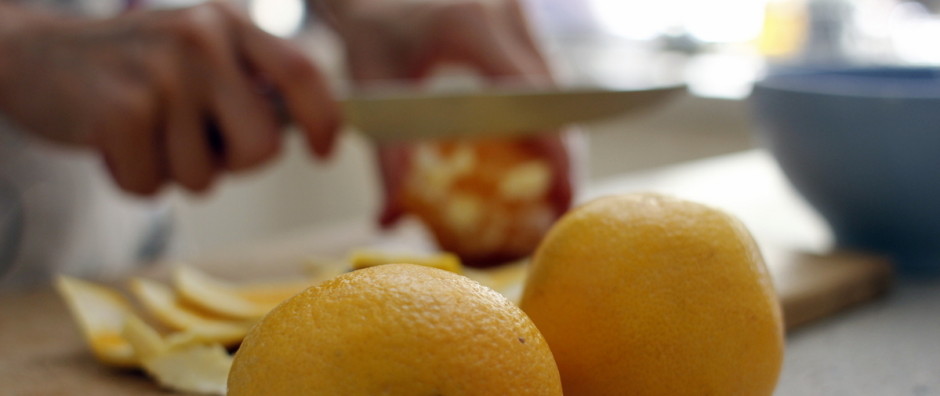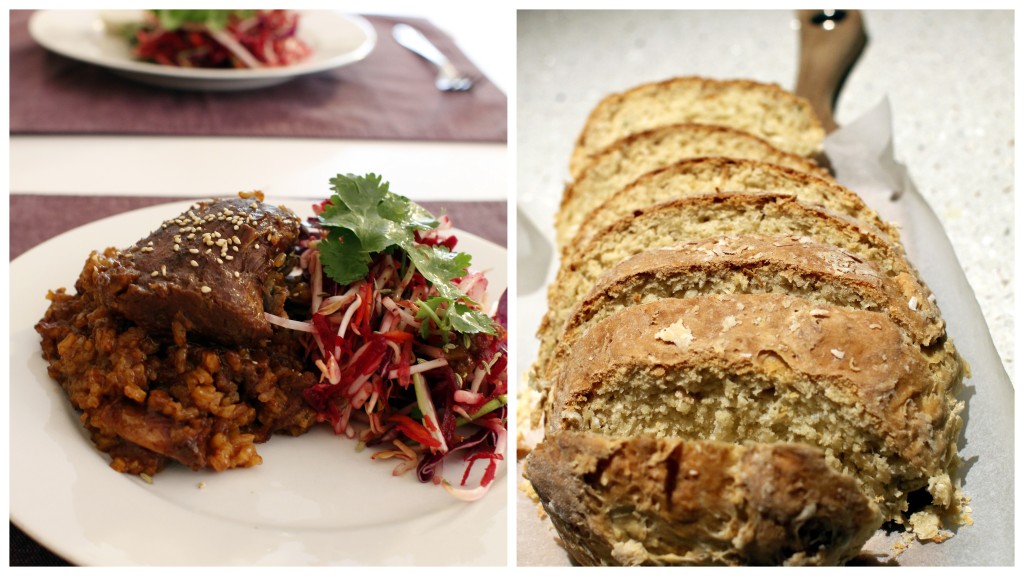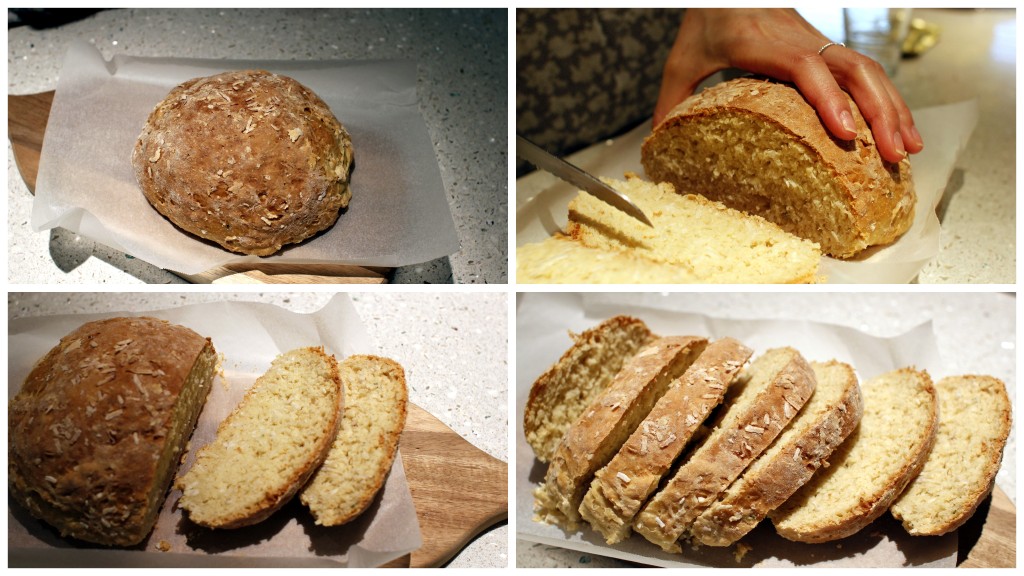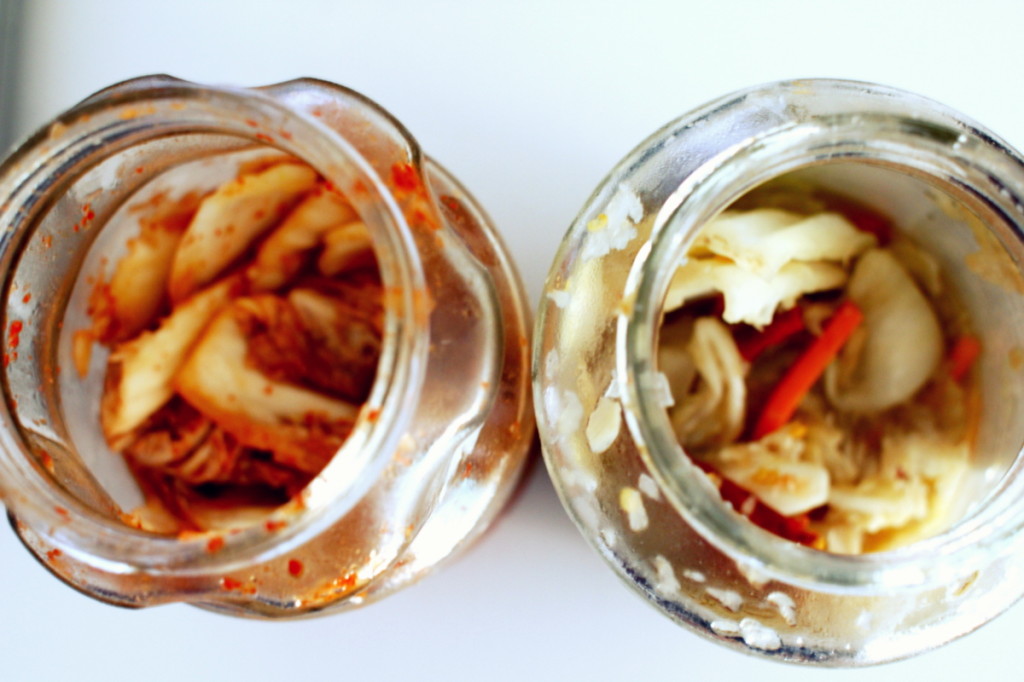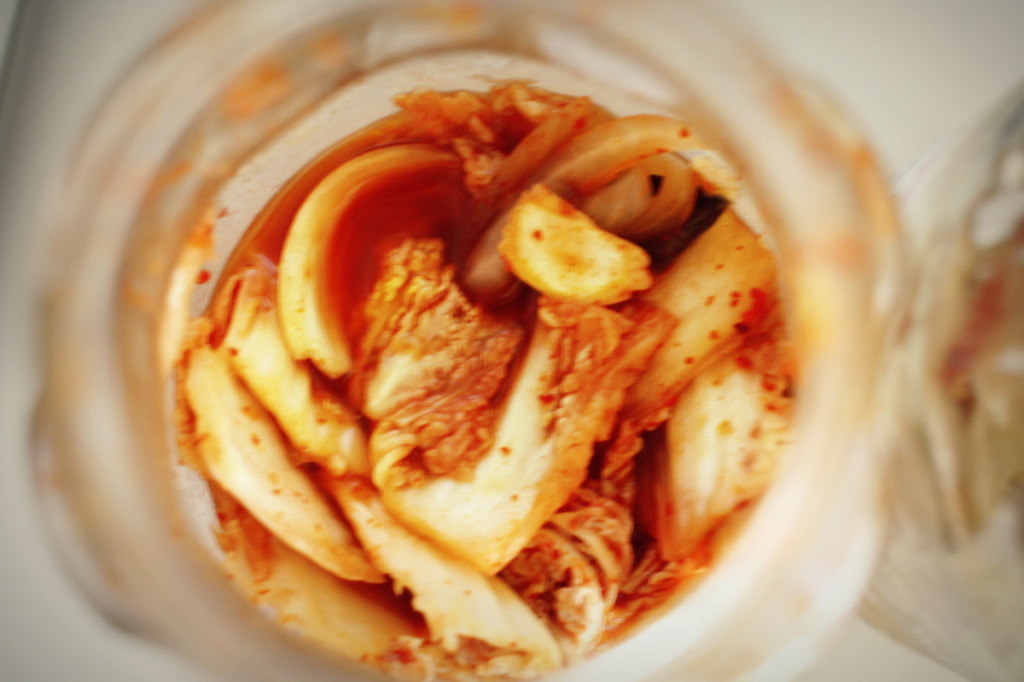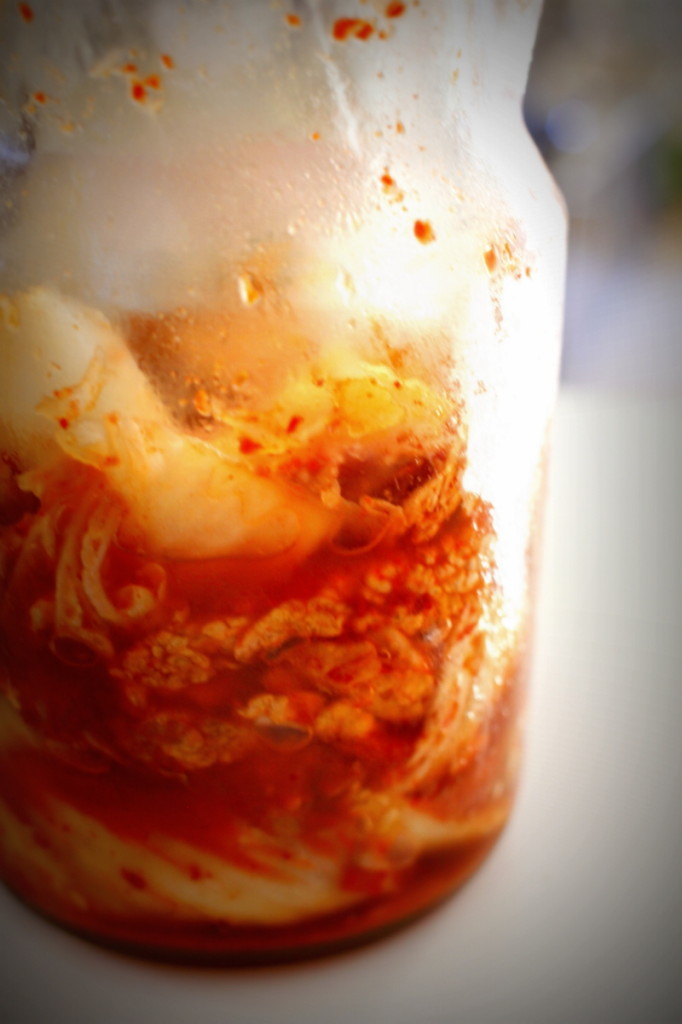I’m not a big fan of eating meat (pork here) though I try to incorporate a variety of protein in my cooking for Daniel.
I cooked braised pork shoulder in Asian barbeque sauce. It just fell apart when I tried to pick it up with tongs after being cooked in the oven for about 3 hours. You know that is a good sign as well as a nice smell around the house 🙂
For the salad, I mixed grated carrots, beetroot, red cabbage, bean sprouts, coriander and parsley.
So crunchy and refreshing – goes well with hearty meat dish like that.
Pork is considered as quite fatty meat, though depending on what cut you buy and how you cook, you can eat them healthy.
Pork is high in vital nutrients such as phosphorus, selenium, zinc, potassium and copper. Vitamin B1 found in pork helps the growth and repair of muscles and nerve tissue. Riboflavin for skin health, vitamin B6 for metabolism, iron for energy, zinc for immune system, protein for building muscles. So if you choose unprocessed lean cuts and trim most visible fat, it is good for overall health.
I also baked a coconut bread which turned out to be so moist inside and crusty outside. I’ve become a huge fan of coconut after studying nutrient.
Well..I was scared of having any fats in my diet. I used to have everything non-fat or diet products just because “fat” sounded so bad and fattening to me.
It turned out I was totally wrong. You need GOOD fats, not BAD fats in your diet. Coconut is one of the good ones. Yes, it has a high saturated fat content (about 92% of the fatty acids). But you need good quality saturated fatty acids for the health of your bones, protecting your liver and heart.
Coconut stabilises your blood sugar, lowers cholesterol, hydrates you. Also lauric acid found in coconut oil has strong antifungal and antimicrobial properties.
It is extremely stable in heat, which means, unlike other types of oils, it doesn’t get oxidation and release free-radicals (causing cancer) while cooking. On top of all that, it can be used for pretty much everything e.g. cooking, baking, moisturiser for your skin and hair, etc. So I always keep a jar of coconut oil next to my stove for cooking and also under the basin to use on my skin after shower.
It smells amazing when you bake with coconut flour or flakes. It tastes good and fills you up because of its high fat content and dietary fibre.
So try to use more coconut products – coconut water, coconut oil, coconut flour, coconut flakes, coconut butter, coconut cream, never ending…….
